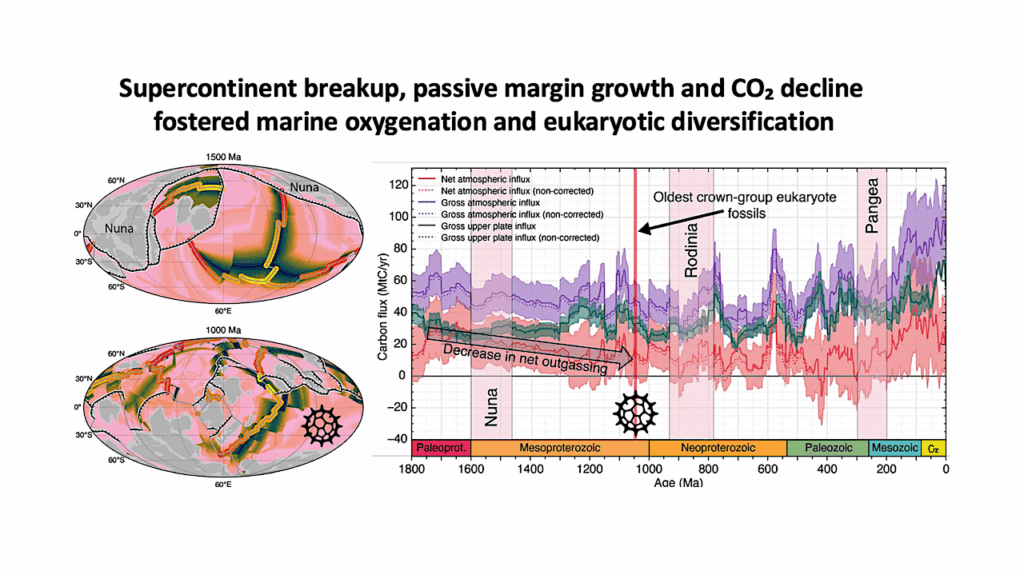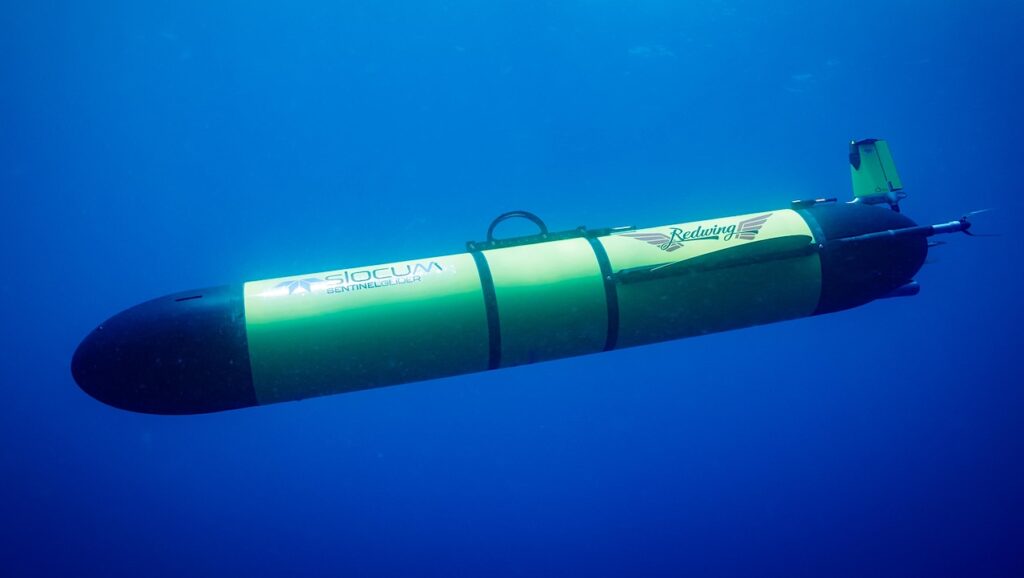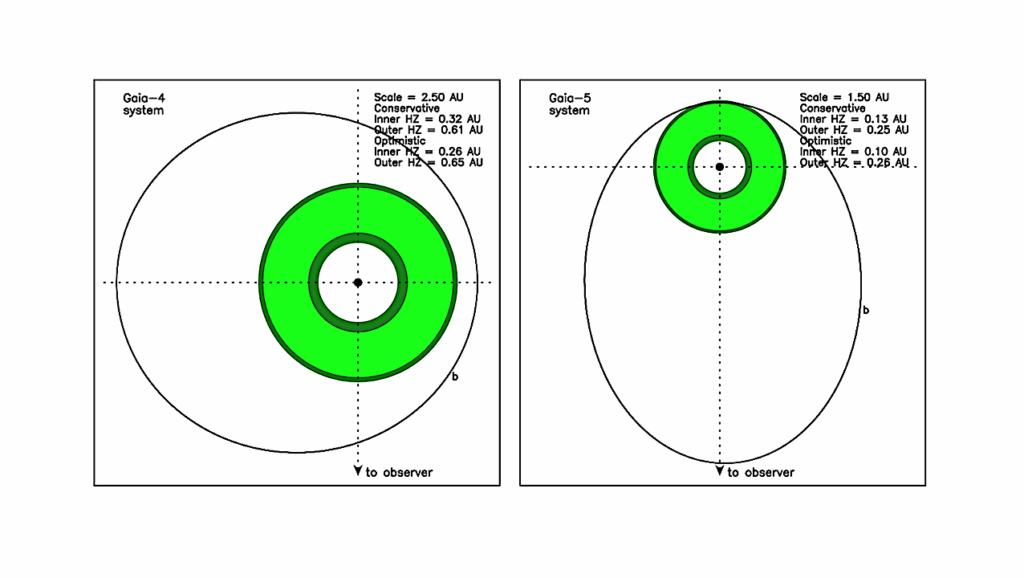Atmospheric Stability And Collapse On Tidally Locked Rocky Planets

Over large timescales, a terrestrial planet may be driven towards spin-orbit synchronous rotation by tidal forces. In this particular configuration, the planet exhibits permanent dayside and nightside, which may induce strong day-night temperature gradients.
The nightside temperature depends on the efficiency of the day-night heat redistribution and determines the stability of the atmosphere against collapse. To better constrain the atmospheric stability, climate, and surface conditions of rocky planets located in the habitable zone of their host star, it is thus crucial to understand the complex mechanism of heat redistribution.
Building on early works and assuming dry thermodynamics, we developed a hierarchy of analytic models taking into account the coupling between radiative transfer, dayside convection, and large-scale atmospheric circulation in the case of slowly rotating planets. There are two types of these models: a zero-dimensional two-layer approach and a two-column radiative-convective-subsiding-upwelling (RCSU) model. They yield analytical solutions and scaling laws characterising the dependence of the collapse pressure on physical features, which are compared to the results obtained by early works using 3D global climate models (GCMs).
The analytical theory captures (i) the dependence of temperatures on atmospheric opacities and scattering in the shortwave and in the longwave, (ii) the behaviour of the collapse pressure observed in GCM simulations at low stellar fluxes that are due to the non-linear dependence of the atmospheric opacity on the longwave optical depth at the planet’s surface, (iii) the increase of stability generated by dayside sensible heating, and (iv) the decrease of stability induced by the increase of the planet size.
Pierre Auclair-Desrotour, Kevin Heng
(Submitted on 15 Apr 2020)
Comments: 27 pages, 15 figures, accepted for publication in Astronomy & Astrophysics
Subjects: Earth and Planetary Astrophysics (astro-ph.EP)
MSC classes: 85-02
Cite as: arXiv:2004.07134 [astro-ph.EP] (or arXiv:2004.07134v1 [astro-ph.EP] for this version)
Submission history
From: Pierre Auclair-Desrotour
[v1] Wed, 15 Apr 2020 15:05:50 UTC (5,745 KB)
https://arxiv.org/abs/2004.07134
Astrobiology








